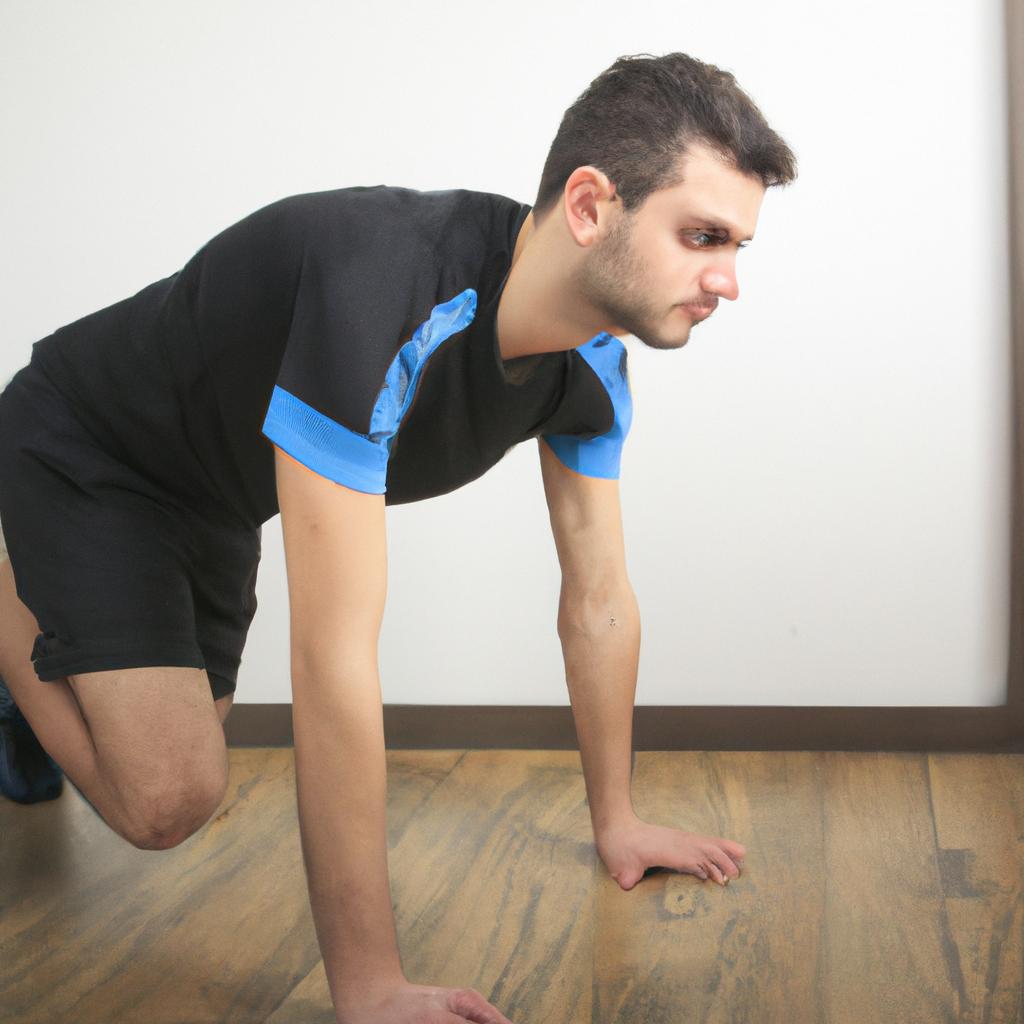**”Bodyweight Conditioning for Rehabilitation: Tailoring Exercises to Support Recovery from Injury”**
# Bodyweight Conditioning for Rehabilitation: Tailoring Exercises to Support Recovery from Injury
Injuries can be a significant setback, disrupting not only physical activity but also daily life. Rehabilitation is crucial for recovery, and bodyweight conditioning exercises can play a pivotal role in this process. Utilizing your body weight as resistance offers a versatile, accessible, and effective way to regain strength, flexibility, and overall fitness. This blog post will explore how to tailor bodyweight exercises for rehabilitation, including essential nutritional tips, exercise advice, and the health benefits of such an approach.
## Understanding Bodyweight Conditioning
### What is Bodyweight Conditioning?
Bodyweight conditioning involves performing exercises that use your body weight as resistance instead of external weights or machines. This type of training can include movements like push-ups, squats, lunges, and planks. It is particularly beneficial during rehabilitation as it allows for controlled movements that can be adjusted according to your capabilities and recovery stage.
### Why Choose Bodyweight Exercises for Rehabilitation?
Bodyweight exercises are inherently low-impact and can be modified to accommodate various fitness levels and injuries. They promote functional strength, flexibility, and balance, making them an ideal choice during the recovery phase. Moreover, they can be performed anywhere, eliminating the need for a gym or specialized equipment.
## Nutrition Tips for Recovery
### Importance of Nutrition in Rehabilitation
Nutrition plays a crucial role in recovery from injury. A well-balanced diet can expedite healing, reduce inflammation, and support muscle repair. Focusing on nutrient-dense foods can make a significant difference in your rehabilitation process.
### Key Nutrients for Healing
1. **Protein**: Essential for muscle repair and growth. Include lean meats, fish, eggs, legumes, and dairy in your meals.
2. **Omega-3 Fatty Acids**: Found in fatty fish, flaxseeds, and walnuts, omega-3s can help reduce inflammation.
3. **Vitamins and Minerals**: Vitamins C and D, along with calcium and magnesium, are vital for bone health and recovery. Incorporate plenty of fruits, vegetables, nuts, and seeds into your diet.
4. **Hydration**: Staying well-hydrated is essential for overall health and supports recovery processes. Aim for at least eight glasses of water daily, adjusting for activity levels and climate.
## Exercise Advice for Rehabilitation
### Tailoring Exercises to Your Needs
When it comes to rehabilitation, it’s essential to tailor bodyweight exercises to fit your specific injury and recovery stage. Consult with a healthcare professional or physical therapist to create an appropriate plan.
### Progressing Safely
1. **Start Slowly**: Begin with basic movements that do not aggravate your injury. Focus on technique and control rather than intensity.
2. **Listen to Your Body**: Pay attention to any pain or discomfort. If an exercise causes pain, modify it or skip it altogether.
3. **Incorporate Range of Motion**: Start with gentle range-of-motion exercises, gradually increasing the difficulty as your strength and stability improve.
4. **Add Variety**: Incorporate different bodyweight exercises to target various muscle groups, which can help prevent muscle imbalances and promote balanced recovery.
## Health Benefits of Bodyweight Conditioning
### Improved Strength and Flexibility
Bodyweight conditioning can significantly enhance your strength and flexibility, which are essential for functional movement and overall well-being. As your body adapts to the exercises, you will notice improvements in your range of motion and stability.
### Enhanced Muscle Coordination and Balance
Rehabilitation often requires a focus on coordination and balance, especially after injuries related to the lower body. Bodyweight exercises, particularly those involving balance (like single-leg squats or lunges), help improve proprioception and overall body awareness.
### Psychological Benefits
Recovering from an injury can be mentally challenging. Engaging in a structured bodyweight conditioning program can provide a sense of accomplishment, boost your mood, and reduce feelings of frustration or helplessness. The gradual progress you make can significantly enhance your motivation and confidence.
## Conclusion
Bodyweight conditioning is an effective and adaptable approach to rehabilitation, enabling you to tailor exercises to support recovery from injury while also enjoying numerous physical and psychological benefits. By combining appropriate nutrition, safe exercise practices, and a focus on holistic well-being, you can facilitate your recovery journey and emerge stronger than before. Embrace this opportunity to not only heal but to enhance your overall fitness and resilience as you return to your regular activities.















Post Comment